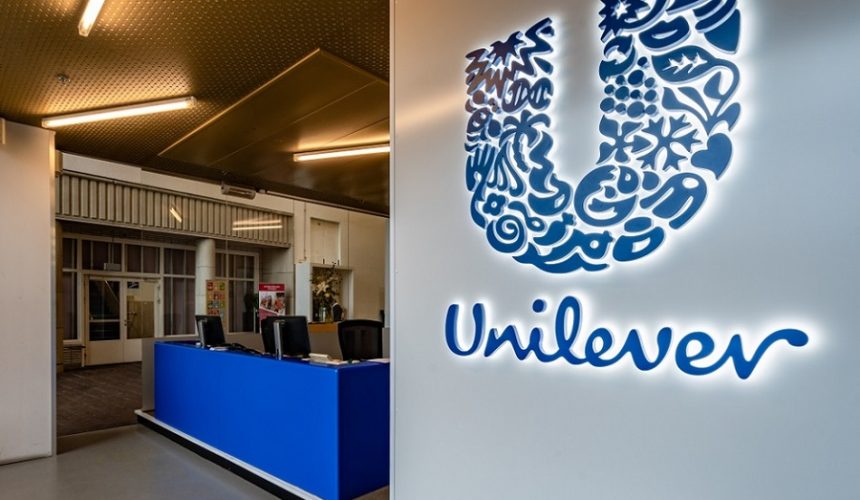
Understanding brand’s lifecycle will strengthen lifespan – Agu
By Felicia Nwosu
Emmanuel Agu, the Group Marketing Director of Jotna Nig. Ltd has asserted that understanding the life cycle of a product will help strengthen its lifespan and also impact positively on its performance in the marketplace. He said this is key to creating a strong brand that will remain relevant while fulfilling its brand purpose in the market for a long time.
The Marketing Strategist made this assertion during an interactive session on the popular Radio Programme, “Brands and You”, on Classic 97.3 FM anchored by Benji Okoh. According to him, a well-developed brand strategy framework is a blueprint for shaping brands and products for sustainable growth and repositioning. He emphasized that such a strategy should include a thorough analysis of the brand’s life cycle from inception to its present state.
“We see a product the way we see humans and that is why they say it has a life cycle or what we call the product life cycle. It means there is a time a product is born and goes through the growth phase, it gets to the maturity stage, and then to the declining stage. At each stage of the product life cycle, some things are needed to be done if you want to extend the life of a product otherwise, the product will die. Some may be lucky to get to maturity stage, and at the point when they are getting to the tipping point, they get into decline.”
Agu noted that some brands can last longer than others through well-thought-out brand strategies that help to reposition them in the hearts and minds of consumers. The Marketing World Awards winner added that dynamism is the game as a brand learns new experiences from consumers’ changing behavior. He said further that there is a need for reinventing and adjusting to times and seasons as well as evaluating the brand essence to enable it to sustain and maintain its market positioning for a longer time.
“For a product that has existed and done well in the market, you need to do a brand audit to find out what the problem is with the product, where did the company get it wrong, what are the reasons why the brand is where it is today and what were the things that the brand did when it was doing well and where is the brand heading to. Just the same way you carry out a medical test to find out what is wrong with a human. After all these, you now have the right information about what has led the brand to where it is, and then the next thing you now begin to do is to look at market information, the market where you operate, and what are the likely industry category, and segment outlook.
The Group Marketing Director of JOTNA also called for further analysis of the brand for a more holistic and result-oriented brand strategy.
“You need to understand the macro and micro environments that may have an impact on the business which would have contributed to the failure or success of any brand. You have to also look at the consumers, customers, and competitors. This gives you an indication of the overall impression of the situations at hand before you also zero in on the brand and then start looking at your distribution. Is the brand also affordable? Is it witnessing this problem because it is overpriced? Do people know about it? How much visibility have you built around the brand, is it positioned rightly, is it accessible, because it could be available but not accessible, is it convenient? In terms of assurance, how much trust do people have in this product? Because no matter what you do around a brand, if people do not trust it then you know that you have a great job to do to build back the people’s trust in such a brand. These are the basic things that you need to do and until you get these basics right, every other thing that you do may not work because it may just be like a man building a super structure on sand.”




Comment
No comments found.